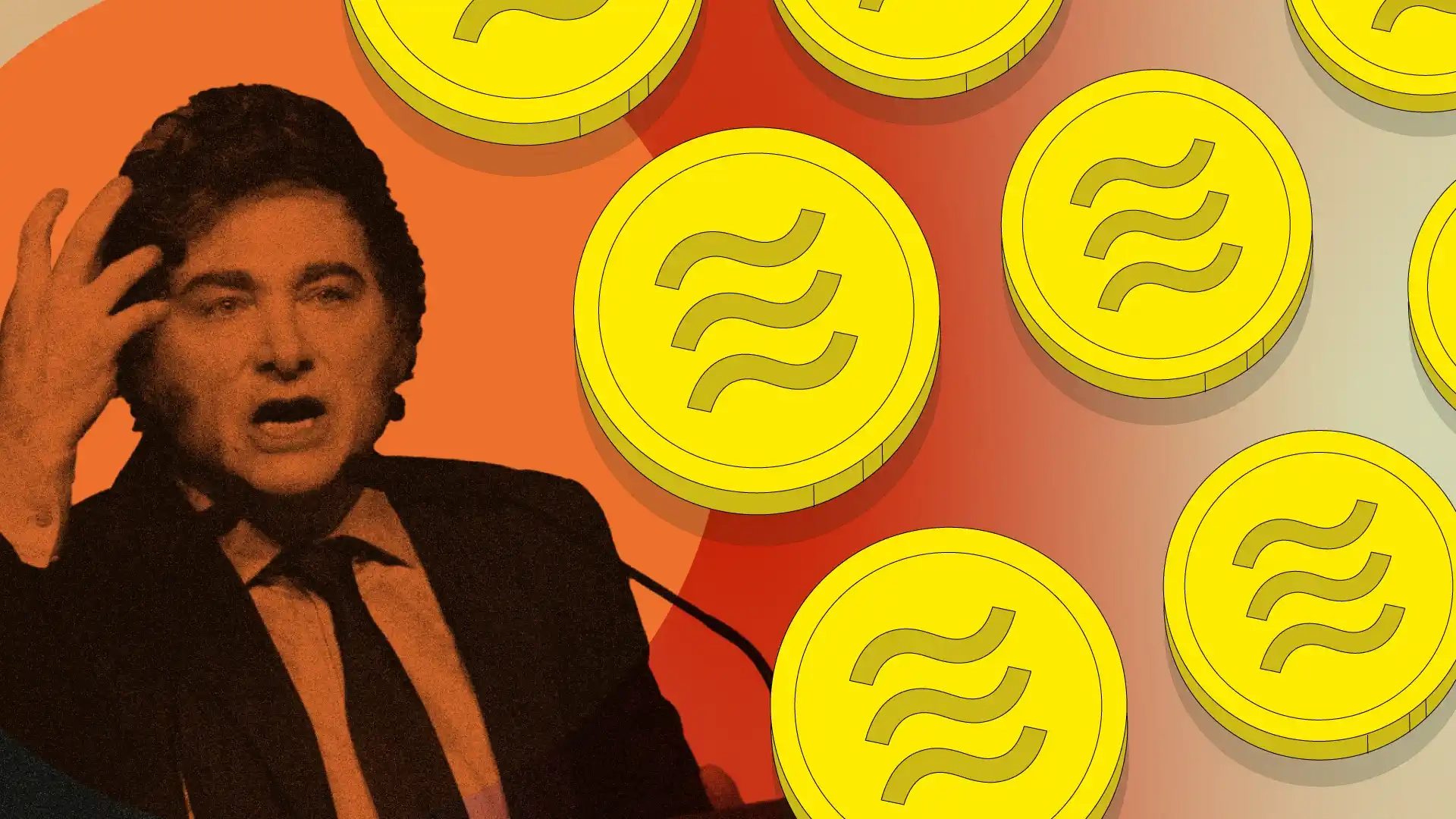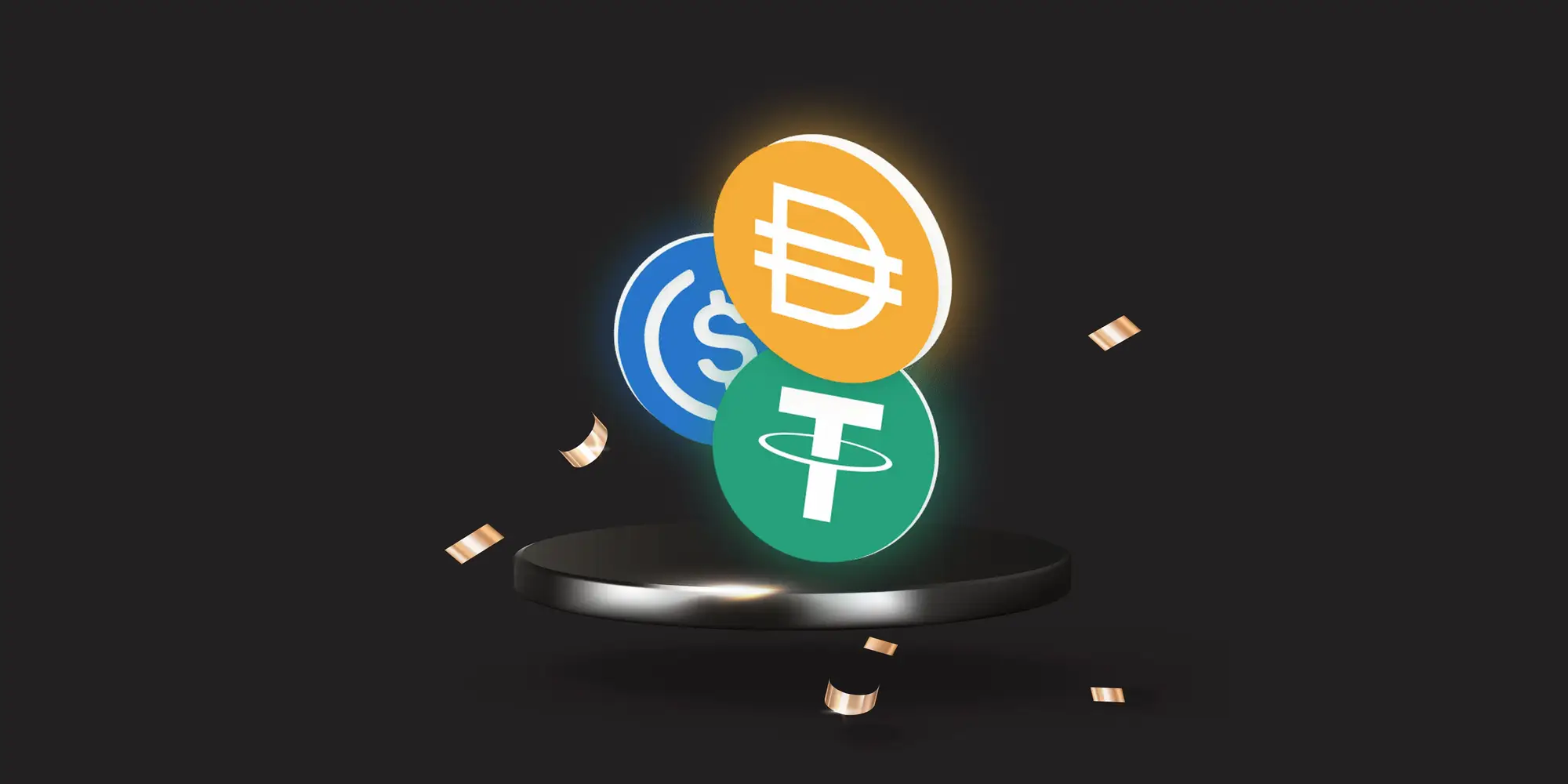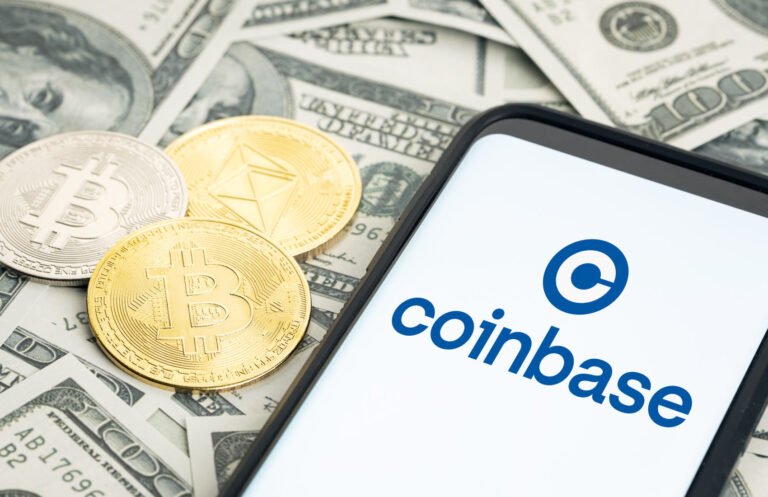In a surprising turn for the crypto and payments industry, the Coinbase BVNK acquisition has officially collapsed, leaving questions about strategy, valuation and the future of stablecoin infrastructure. The deal had been widely anticipated as a bold move by Coinbase to deepen its reach into the stablecoin payments and infrastructure space. As both companies publicly confirmed they will not proceed with the transaction, industry observers are asking what this means for each firm—and for the broader digital-asset ecosystem.
Why the Coinbase BVNK acquisition mattered
When news first emerged that Coinbase was in advanced talks to acquire the UK-based startup BVNK, the deal was reported to carry a valuation between US $1.5 billion and US $2.5 billion. Coinpaper CoinMarketCap Crypto News Australia The acquisition would have positioned Coinbase not just as a trading-platform giant, but as a deeper player in enterprise stablecoin infrastructure, cross-border payments and fiat-to-crypto on-ramp/off-ramp solutions.BVNK, founded in 2021, had built infrastructure enabling businesses to send, receive, convert and store stablecoins and fiat, processing more than US $20 billion annually in transaction volume For Coinbase, acquiring BVNK would have expanded its footprint in merchant services and stable-value payment rails—an area increasingly viewed as strategic amid regulatory changes and demand for faster global payments.Coinbase BVNK acquisitionFrom Coinbase’s perspective, the acquisition would have complemented its existing offering, including issuance of the USDC stablecoin in partnership with Circle Internet Financial and institutional off-ramp products.Thus, the Coinbase BVNK acquisition was seen as a potential “game-changer” in the stablecoin M&A space.
What led to the collapse of the deal

Due diligence, exclusivity and shifting strategy
In October the parties entered an exclusivity agreement, signalling that BVNK would negotiate only with Coinbase for the duration of the process. Following weeks of due diligence, both companies agreed to walk away—mutually and for undisclosed reasons. The lack of publicly stated causes has sparked speculation ranging from regulatory hurdles, valuation disagreements, technology or integration concerns, or a strategic pivot within Coinbase.
Strategic implications
Coinbase has already made major acquisitions in 2025, including the reported $2.9 billion purchase of derivatives exchange Deribit. The abandonment of the BVNK deal suggests Coinbase may instead pursue smaller, more targeted deals or partnerships in the stablecoin/payments infrastructure space. As one analyst noted:“With the acquisition now off, Coinbase is likely to explore smaller deals or partnerships to grow its position in the global payments market.”
Market reaction
The news triggered a dip in Coinbase shares, reflecting investor reassessment of the company’s growth plans in payments and stablecoin infrastructure. Meanwhile, the broader stablecoin startup ecosystem remains active—with competing acquirers such as Mastercard reportedly pursuing other infrastructure companies.
Impact on Coinbase’s roadmap
Reassessing the stablecoin push
By halting the Coinbase BVNK acquisition, Coinbase signals a recalibration. While the company still views stablecoins and payments infrastructure as key, the scale and method of entry may change. Instead of absorbing a large platform in one move, Coinbase might integrate incremental capabilities, invest in internal development or partner widely with enterprise clients.
Focus on merchant services and cross-border payments
BVNK’s value proposition had centered on enterprise-level stablecoin deployment, cross-border settlement and fiat-to-crypto rails. For Coinbase, relinquishing this one large acquisition means it may now lean more heavily on organic growth and partnerships rather than one transformative bet. This could slow its timeline but reduce risk and integration burden.
Competitive pressure remains
Even without the deal, Coinbase faces competition from traditional payments giants expanding into stablecoins. Mastercard, Visa, Western Union and other fintechs are accelerating infrastructure bets. The collapsed acquisition may give them a window to gain advantage.
Implications for the stablecoin and fintech ecosystem

M&A valuations in the stablecoin space
The proposed valuation of BVNK (up to US $2.5 billion) set a benchmark for infrastructure acquisitions in the stablecoin sector. With the deal now off, valuations may come under pressure or expectations may recalibrate. Sources had noted this would have out-paced Stripe’s US $1.1 billion acquisition of startup Bridge earlier in the year.
Regulatory and strategic uncertainty
The reasons for the collapse remain undisclosed—but amidst an evolving regulatory environment (e.g., the U.S. GENIUS Act legislation for stablecoins) companies may now be more cautious about large deals. The freeze may reflect risk-aversion toward unknowns in stablecoin regulation, compliance, technology integration or market timing.
Opportunities for other players
With the Coinbase BVNK acquisition abandoned, other infrastructure startups may see increased attention from acquirers or investors. Players that offer stablecoin rails, fiat-crypto convergence, cross-border payments or enterprise treasury solutions could become attractive targets or partners in this evolving ecosystem.
What this means for users and business customers
For merchants and enterprise clients
But users (merchants or businesses) who were anticipating Coinbase’s deeper stablecoin settlement capabilities may need to update expectations. Without the BVNK deal, Coinbase’s roadmap for enterprise-grade stablecoin infrastructure may take longer or be less comprehensive. Businesses should monitor Coinbase’s announcements and possible partnerships to see how their payment-rail plans evolve.
For retail and institutional users
For retail or institutional users of Coinbase, the collapse of the acquisition likely has minimal immediate effect on trading, custody or basic services—but may influence the company’s longer-term strategy in payments and stablecoins. This might affect product launches, institutional service roll-outs or global expansion pace.
For the industry at large
The cancelled deal underscores the complexity of large fintech-crypto acquisitions. Integration, regulation, technology alignment and valuation are all in flux. Other companies looking to acquire or partner in this space may opt for smaller, more agile deals rather than mega-acquisitions.The abandoned Coinbase BVNK acquisition marks a meaningful pause in what could have been a landmark deal in the stablecoin and fintech infrastructure space. While both companies and the wider industry may reset strategies, the underlying momentum for stable-value crypto rails, cross-border payments and enterprise adoption remains strong. For Coinbase, the key now is to translate ambition into action—whether via smaller deals, partnerships or internal builds—to stay ahead in this evolving market. If you’re tracking developments in the stablecoin or payments infrastructure sector, keep an eye on how Coinbase adapts and where BVNK goes next. The door is open for other players to step in, and the deal-making landscape may look different but remains full of opportunity.Call-to-action: Share your thoughts on the Coinbase BVNK acquisition — what do you think drove the deal to collapse, and who will be the next big acquirer in stablecoin infrastructure?


